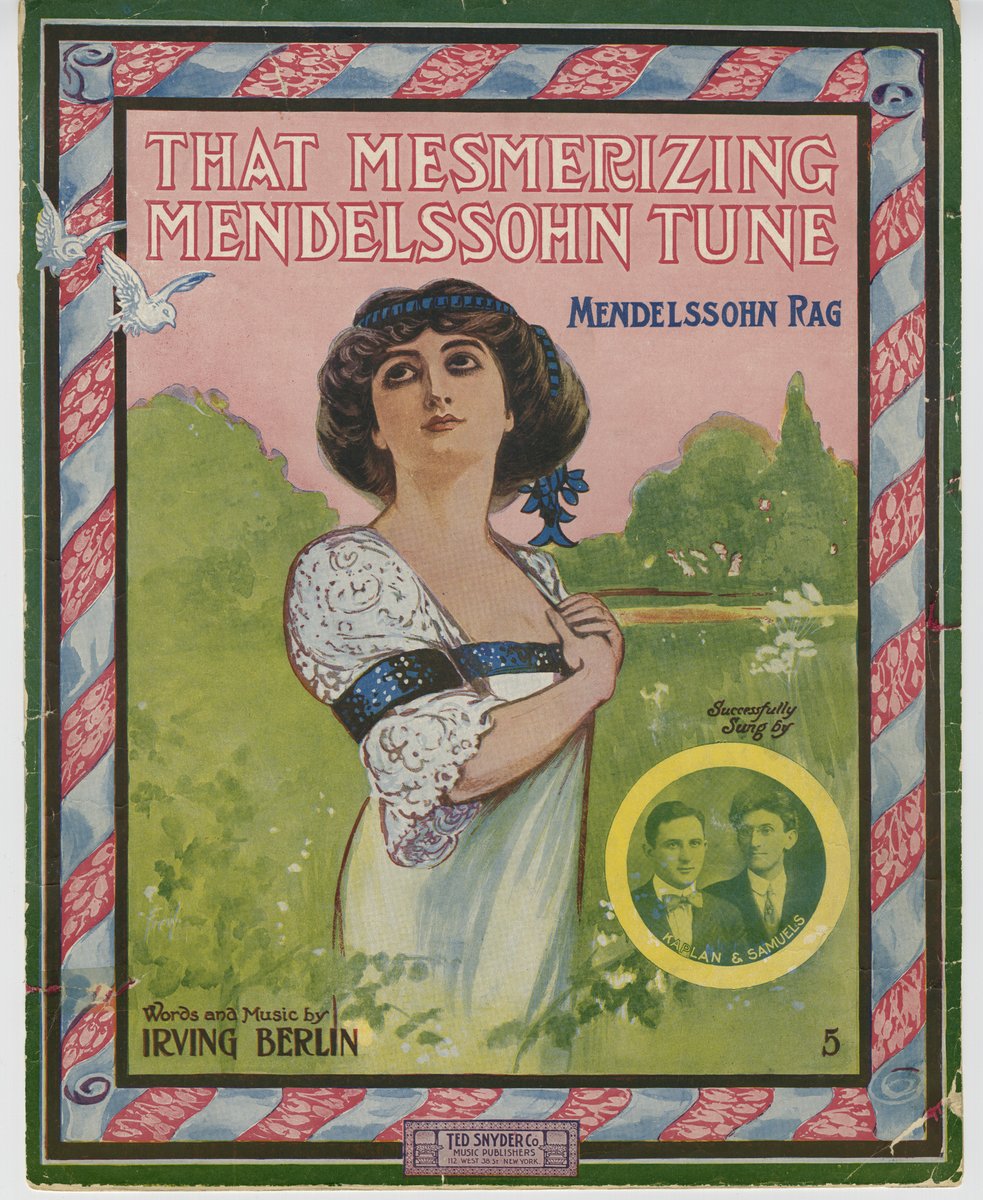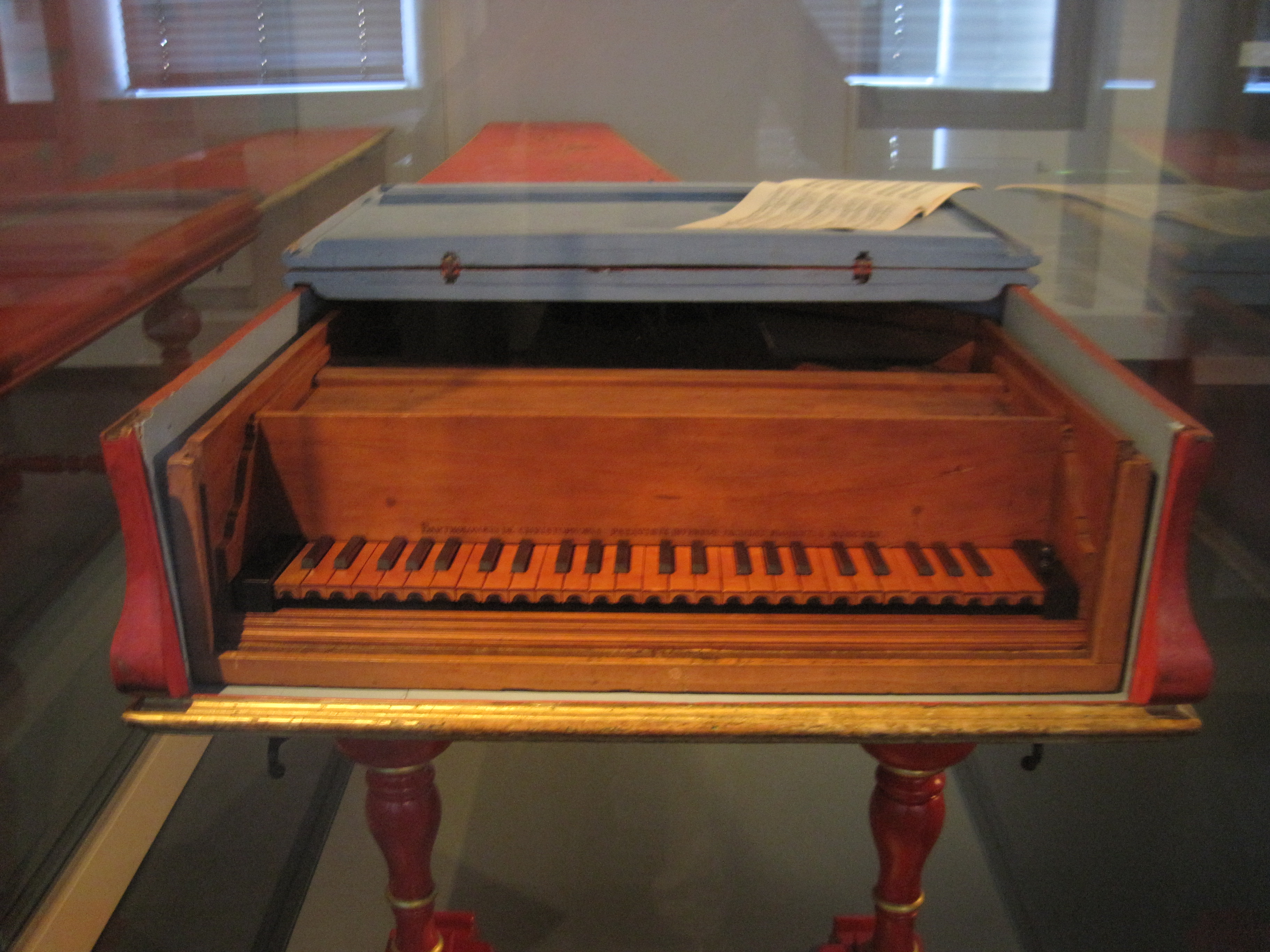|
List Of Solo Piano Compositions By Felix Mendelssohn
This is a list of solo piano pieces by Felix Mendelssohn. Pieces Sonatas *Piano Sonata No.1, in E major, Op. 6 (1825, published in 1826) *Piano Sonata No.2, in G minor, Op.posth. 105 (1821) *Piano Sonata No.3, in B flat major, Op.posth. 106 (1827, published posthumously in 1868) Songs Without Words *Songs Without Words, ''Lieder ohne Worte'' (Songs Without Words) **Book 1, Op. 19b (1829-1830) ***No. 1 ''Andante con moto'' in E major ***No. 2 ''Andante espressivo'' in A minor ***No. 3 ''Molto allegro e vivace'' in A major ("Hunting Song") ***No. 4 ''Moderato'' in A major ***No. 5 ''Poco agitato'' in F-sharp minor ***No. 6 ''Andante sostenuto'' in G minor ("Venezianisches Gondellied" [Venetian Boat Song] No. 1) **Book 2, Op. 30 (1833-1834) ***No. 1 ''Andante espressivo'' in E-flat major ***No. 2 ''Allegro di molto'' in B-flat minor ***No. 3 ''Adagio non troppo'' in E major ***No. 4 ''Agitato e con fuoco'' in B minor ***No. 5 ''Andante grazioso'' in D major ***No. 6 ''Allegretto t ... [...More Info...] [...Related Items...] OR: [Wikipedia] [Google] [Baidu] |
Piano
The piano is a stringed keyboard instrument in which the strings are struck by wooden hammers that are coated with a softer material (modern hammers are covered with dense wool felt; some early pianos used leather). It is played using a keyboard, which is a row of keys (small levers) that the performer presses down or strikes with the fingers and thumbs of both hands to cause the hammers to strike the strings. It was invented in Italy by Bartolomeo Cristofori around the year 1700. Description The word "piano" is a shortened form of ''pianoforte'', the Italian term for the early 1700s versions of the instrument, which in turn derives from ''clavicembalo col piano e forte'' (key cimbalom with quiet and loud)Pollens (1995, 238) and ''fortepiano''. The Italian musical terms ''piano'' and ''forte'' indicate "soft" and "loud" respectively, in this context referring to the variations in volume (i.e., loudness) produced in response to a pianist's touch or pressure on the keys: the grea ... [...More Info...] [...Related Items...] OR: [Wikipedia] [Google] [Baidu] |
Felix Mendelssohn
Jakob Ludwig Felix Mendelssohn Bartholdy (3 February 18094 November 1847), born and widely known as Felix Mendelssohn, was a German composer, pianist, organist and conductor of the early Romantic period. Mendelssohn's compositions include symphonies, concertos, piano music, organ music and chamber music. His best-known works include the overture and incidental music for '' A Midsummer Night's Dream'' (which includes his "Wedding March"), the '' Italian Symphony'', the '' Scottish Symphony'', the oratorio ''St. Paul'', the oratorio ''Elijah'', the overture ''The Hebrides'', the mature Violin Concerto and the String Octet. The melody for the Christmas carol "Hark! The Herald Angels Sing" is also his. Mendelssohn's ''Songs Without Words'' are his most famous solo piano compositions. Mendelssohn's grandfather was the renowned Jewish philosopher Moses Mendelssohn, but Felix was initially raised without religion. He was baptised at the age of seven, becoming a Reformed Christi ... [...More Info...] [...Related Items...] OR: [Wikipedia] [Google] [Baidu] |
Songs Without Words
''Songs Without Words'' (') is a series of short lyrical piano works by the Romantic composer Felix Mendelssohn written between 1829 and 1845. His sister, Fanny Mendelssohn, and other composers also wrote pieces in the same genre. Music The eight volumes of ''Songs Without Words'', each consisting of six songs (), were written at various points throughout Mendelssohn's life and published separately. The piano became increasingly popular in Europe during the early nineteenth century, when it became a standard item in many middle-class households. The pieces are within the grasp of pianists of various abilities and this undoubtedly contributed to their popularity. This great popularity has caused many critics to under-rate their musical value. The first volume was published by Novello in London (1832) as ''Original Melodies for the Pianoforte'', but the later volumes used the title ''Songs Without Words''. The works were part of the Romantic tradition of writing short lyric ... [...More Info...] [...Related Items...] OR: [Wikipedia] [Google] [Baidu] |
Variations Sérieuses
''Variations sérieuses'', Op. 54, is a composition for solo piano by Felix Mendelssohn consisting of a theme in D minor and 17 variations. It was completed on 4 June 1841. A typical performance lasts about eleven minutes. The work was written as part of a campaign to raise funds for the erection of a large bronze statue of Ludwig van Beethoven in his home town of Bonn. The publisher Pietro Mechetti asked Mendelssohn to contribute to a 'Beethoven Album', published in January 1842, which also included pieces by Liszt, Chopin, Moscheles and others, of which the proceeds would go to the Monument.Todd, R. Larry (2003). ''Mendelssohn, A Life in Music'', p.414. Oxford. (Schumann's Fantasie in C was the final result of a work originally intended for the same purpose). Mendelssohn is known to have written three sets of piano variations, but only this one was published during his lifetime. Variations sérieuses, for piano in D minor, Op. 54; Composition Description/ref> Many of ... [...More Info...] [...Related Items...] OR: [Wikipedia] [Google] [Baidu] |
List Of Compositions By Felix Mendelssohn
This is a list of compositions by Felix Mendelssohn. Listed by opus number (Note: the list includes works which were published posthumously and given opus numbers after the composer's death. Only the opus numbers 1 to 72 were assigned by Mendelssohn, the later ones by publishers. The opus number sequence does not therefore always accord with the order of composition). The list also includes the Mendelssohn-Werkverzeichnis classification code (MWV). Works with opus number assigned by Mendelssohn Op. 1–20 * Op. 1, Piano Quartet No. 1 (Mendelssohn), Piano Quartet No. 1 in C minor (1822) (MWV Q 11) * Op. 2, Piano Quartet No. 2 (Mendelssohn), Piano Quartet No. 2 in F minor (1823) (MWV Q 13) * Op. 3, Piano Quartet No. 3 (Mendelssohn), Piano Quartet No. 3 in B minor (1824/25) (MWV Q 17) * Op. 4, Violin Sonata, Op. 4 (Mendelssohn), Violin Sonata (No. 2) in F minor (1823) (MWV Q 12) * Op. 5, Capriccio in F-sharp minor for piano (1825) (MWV U 50) * Op. 6, Piano Sonata No. 1 (Mendelssohn ... [...More Info...] [...Related Items...] OR: [Wikipedia] [Google] [Baidu] |
Compositions By Felix Mendelssohn
Composition or Compositions may refer to: Arts and literature *Composition (dance), practice and teaching of choreography *Composition (language), in literature and rhetoric, producing a work in spoken tradition and written discourse, to include visuals and digital space *Composition (music), an original piece of music and its creation *Composition (visual arts), the plan, placement or arrangement of the elements of art in a work * ''Composition'' (Peeters), a 1921 painting by Jozef Peeters *Composition studies, the professional field of writing instruction * ''Compositions'' (album), an album by Anita Baker *Digital compositing, the practice of digitally piecing together a video Computer science *Function composition (computer science), an act or mechanism to combine simple functions to build more complicated ones *Object composition, combining simpler data types into more complex data types, or function calls into calling functions History *Composition of 1867, Austro-Hungarian/ ... [...More Info...] [...Related Items...] OR: [Wikipedia] [Google] [Baidu] |
Piano Compositions By German Composers
The piano is a stringed keyboard instrument in which the strings are struck by wooden hammers that are coated with a softer material (modern hammers are covered with dense wool felt; some early pianos used leather). It is played using a keyboard, which is a row of keys (small levers) that the performer presses down or strikes with the fingers and thumbs of both hands to cause the hammers to strike the strings. It was invented in Italy by Bartolomeo Cristofori around the year 1700. Description The word "piano" is a shortened form of ''pianoforte'', the Italian term for the early 1700s versions of the instrument, which in turn derives from ''clavicembalo col piano e forte'' (key cimbalom with quiet and loud)Pollens (1995, 238) and ''fortepiano''. The Italian musical terms ''piano'' and ''forte'' indicate "soft" and "loud" respectively, in this context referring to the variations in volume (i.e., loudness) produced in response to a pianist's touch or pressure on the keys: the gr ... [...More Info...] [...Related Items...] OR: [Wikipedia] [Google] [Baidu] |
Piano Compositions In The Romantic Era
The piano is a stringed keyboard instrument in which the strings are struck by wooden hammers that are coated with a softer material (modern hammers are covered with dense wool felt; some early pianos used leather). It is played using a keyboard, which is a row of keys (small levers) that the performer presses down or strikes with the fingers and thumbs of both hands to cause the hammers to strike the strings. It was invented in Italy by Bartolomeo Cristofori around the year 1700. Description The word "piano" is a shortened form of ''pianoforte'', the Italian term for the early 1700s versions of the instrument, which in turn derives from ''clavicembalo col piano e forte'' (key cimbalom with quiet and loud)Pollens (1995, 238) and ''fortepiano''. The Italian musical terms ''piano'' and ''forte'' indicate "soft" and "loud" respectively, in this context referring to the variations in volume (i.e., loudness) produced in response to a pianist's touch or pressure on the keys: the grea ... [...More Info...] [...Related Items...] OR: [Wikipedia] [Google] [Baidu] |
Lists Of Piano Compositions By Composer
A ''list'' is any set of items in a row. List or lists may also refer to: People * List (surname) Organizations * List College, an undergraduate division of the Jewish Theological Seminary of America * SC Germania List, German rugby union club Other uses * Angle of list, the leaning to either port or starboard of a ship * List (information), an ordered collection of pieces of information ** List (abstract data type), a method to organize data in computer science * List on Sylt, previously called List, the northernmost village in Germany, on the island of Sylt * ''List'', an alternative term for ''roll'' in flight dynamics * To ''list'' a building, etc., in the UK it means to designate it a listed building that may not be altered without permission * Lists (jousting), the barriers used to designate the tournament area where medieval knights jousted * ''The Book of Lists'', an American series of books with unusual lists See also * The List (other) * Listing (di ... [...More Info...] [...Related Items...] OR: [Wikipedia] [Google] [Baidu] |





